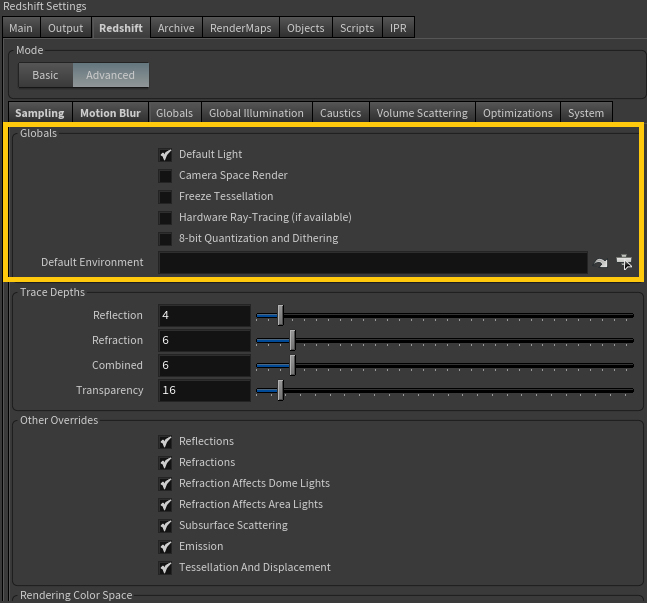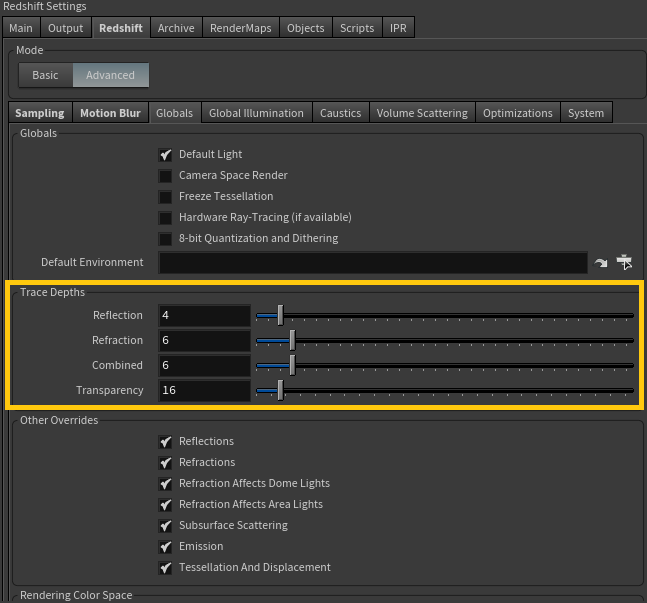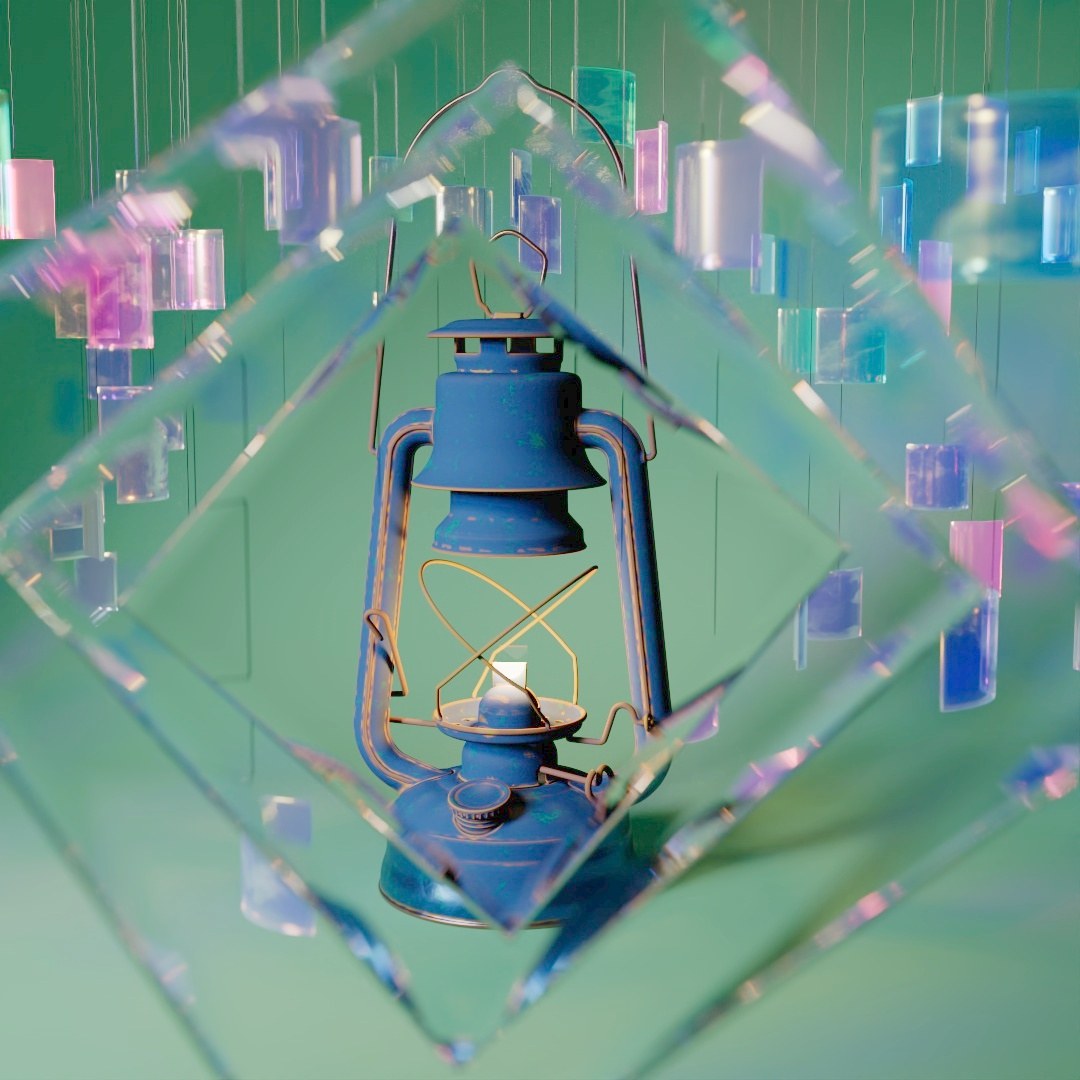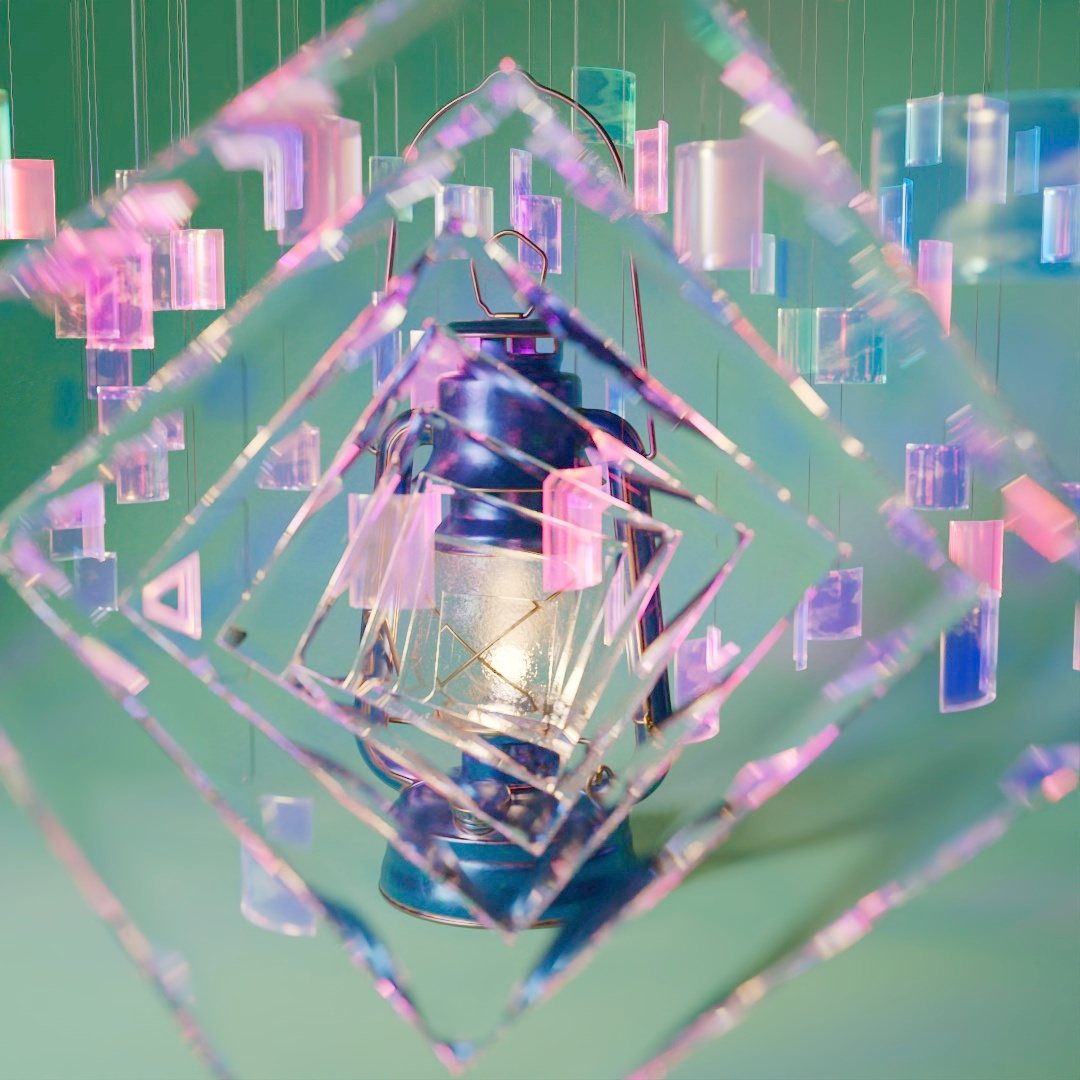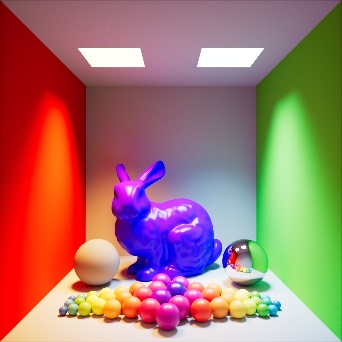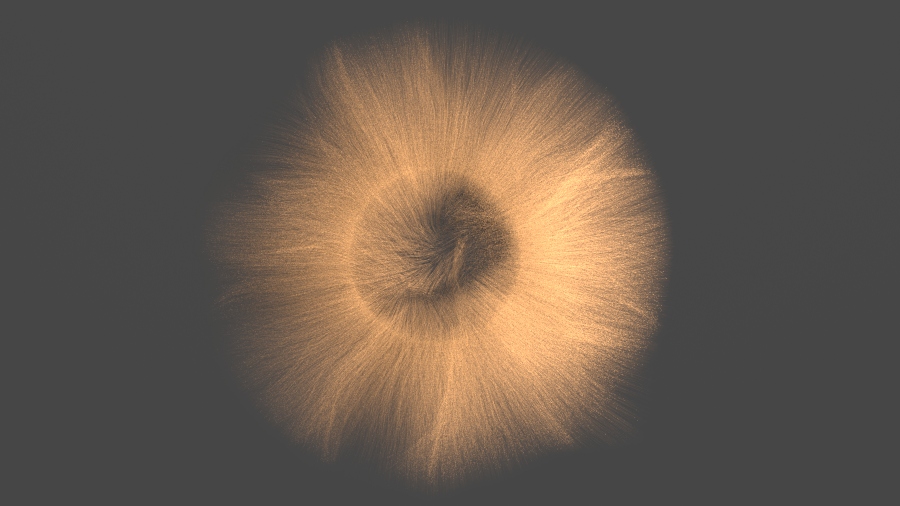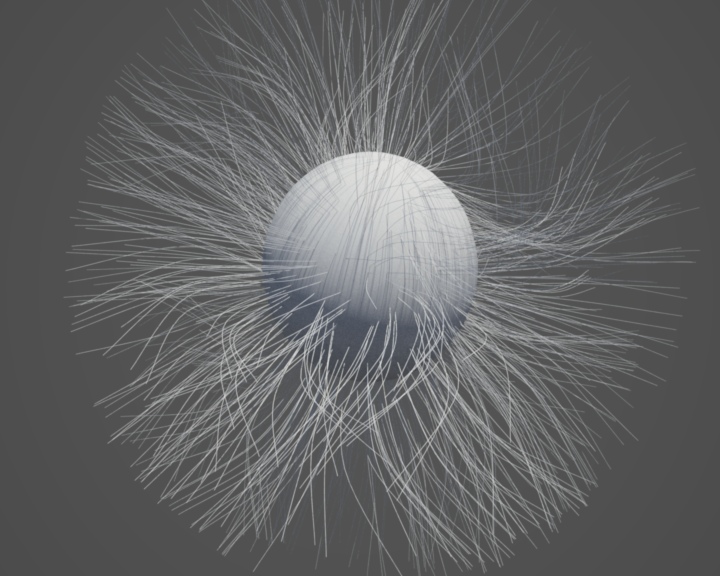A Guide To Redshift Globals Advanced Render Settings
Redshift features two modes for approaching its render settings, a streamlined Basic mode and a more detailed Advanced mode. While Basic mode consists of a small selection of frequently used render settings, Advanced mode exposes all of the available render settings. In this article, let’s dig deeper into Global Settings in Advanced Mode. We will use the Redshift Globals setup interface on Houdini throughout this blog to make it easier for you to visualize the settings.
Steps to install Redshift Globals advanced mode
There are 05 smaller setting sections in Redshift advanced Globals. They are Globals, Trace Depths, Other Overrides, Color Management, and Hair. Let’s go into the details of each setting section to optimize Globals in Redshift.
1. Globals - Redshift Globals
Default Light
This setting enables or disables the rendering of any default lights in the respective digital content creation tool. If your render appears brighter or differently lit than you expect this is a good option to check and disable.
Hardware Ray-Tracing (if available)
When you enable this option, it will utilize any available hardware-accelerated ray-tracing as long as you are rendering with compatible video cards like the Nvidia RTX series graphics cards. As a result, rendering time is significantly reduced. The impact of hardware-accelerated ray-tracing varies from scene to scene, with scenes that spend more of their time specifically on ray-tracing generally seeing more of an improvement with hardware RT enabled. Non-ray-traced effects like irradiance point cloud and irradiance cache GI are not accelerated by hardware RT. Noted: GPUs that support hardware RT can be mixed with GPUs that do not support hardware RT. You can understand the two images below according to the following structure: Turn Hardware Ray-Tracing enabled or disabled (Render time: Minutes: Second).
Source: Redshift Documentation
Camera Space Render
This option is disabled by default, but when you enable this, Redshift moves the scene around the camera to maintain high numerical precision. When a scene has large extents (for example a space battle scene), precision problems might appear far away from the scene origin, i.e. the (0, 0, 0) coordinate. These precision problems might look like triangles being warped, lighting leaking through geometry, or gaps appearing between polygons. Enabling the “Camera Space Render” option eliminates this type of issue.
8-Bit Quantization and Dithering
When you enable this option, Redshift Globals will use 8-bit quantization and dithering to help reduce “banding” artifacts on slow-changing gradients for 8-bit images (non-HDR images). Most computer displays can show up to 256 shades of gray even if you are viewing an HDR image. Depending on the monitor capabilities and calibration, there’s the possibility of “banding” artifacts on slow-changing gradients. Dithering can help with that!
In Redshift, dithering only works on 8-bit images, i.e. non-HDR images. So, assuming you don’t care about HDR output, you can enable the “quantize to 8-bit and dither” option and get rid of any banding artifacts. Because this option quantizes to 8-bits per color channel, the final image will lose color precision in the dark tones. Additionally, any overbright pixel will have its intensity clamped to a value of 1.0. For these reasons, if you do care about HDR you should keep this option disabled and, instead, apply dithering or other kinds of processing on an external image editing program. The left image shows the banding near the bottom. Please note that, depending on your monitor calibration, the effect might not be very noticeable.
Source: Redshift Documentation
Freeze Tessellation
When you enable this option, the current tessellation result is frozen in its current state during Interactive Rendering. This feature can also be toggled directly from the Redshift Render View. If you’re using tessellation in your scene then freezing tessellation can greatly improve your Interactive Rendering responsiveness. When you enable freeze tessellation, Redshift will do its best to avoid re-translating the geometry each time a change is made like moving the camera or objects. Depending on how much you are tessellating in your scene, freeze tessellation can mean the difference between near-real-time IPR responsiveness or a slideshow due to updating the tessellation on each new frame or scene change.
Please note that if you manually change any of your scene tessellation settings Redshift Globals will re-translate the scene so that the new tessellation settings can be used even if freeze tessellation is enabled. Frozen tessellation does not persist after stopping and starting interactive rendering. If you are using adaptive tessellation in your scene freeze tessellation might cause your IPR renders to look wrong due to the tessellation not being allowed to update each time a change is made like moving the object or camera closer to one another as depicted in the animation below. Batch rendering will still render out fine but freeze tessellation should be handled with care when trying to determine the final settings to use for animation.
Finally, Default Environment: Connects a global environment shader like a physical sky or environment shader.
2. Trace Depths
You can use the Trace Depths section to impose maximum limits for different ray types across your entire scene. Increasing Trace Depth values can quickly and greatly increase render times in scenes with many bounces. In general, it is a best practice to use as few as you need to achieve the result that you desire. Trace Depth values can be overridden on a per-material basis under the Optimizations section of the Redshift Material, including going both above and below the global trace depth values. Let’s learn about the 4 settings in this section.
Reflection
The Reflection depth parameter puts an individual cap on how many times a reflection ray can bounce.
Refraction
The Refraction depth parameter puts an individual cap on how many times a refraction ray can bounce or pass through objects.
Combined
The Combined depth parameter specifies the maximum limit for global illumination, reflection, and refraction rays combined. This means that if the individual depth value for global illumination, reflections, or refractions is higher than the Combined Depth the resulting render will still be capped at the Combined Depth value. For example, let’s say that reflection, refraction, and combined are all set to a value of 10. If a ray has already been reflected 8 times, then it can only be reflected or refracted 2 more times because the combined trace depth is 10.
Transparency
The Transparency depth parameter puts an individual cap on how many times a transparency ray can pass straight through objects. Transparency is utilized for things like Opacity in the Redshift Material to go much deeper and render much faster than refractions. It is not limited by the Combined Depth parameter.
You can understand the images below in the following sequence: Combined Depth – Global Illumination Depth – Reflection Depth – Refraction Depth – Transparency Depth.
Source: Redshift Documentation
3. Other Overrides
There are 07 sub-setting options in the section. They are Reflections, Refractions, Affects Dome Light, Affects Area Lights, Scattering, Emission, and Tessellation and Displacement. What do they mean? How do they affect rendering? Let explore each option with iRender.
Reflections
This option enables or disables all Reflections in the scene.
Refractions
This one does the same function as Reflections, but on all Refractions in the scene.
Affects Dome Light
When you enable this setting option, it allows for all Dome Light rays to be affected by refraction bending if their “Affected by Refraction” parameter is set to “Auto” or “Always.” When you disable it, all Area Lights will be rendered as if the “Affected by Refraction” was set to “Never.”
Affects Area Lights
When it is enabled, it allows for all Area Light rays to be affected by refraction bending if their “Affected by Refraction” parameter is set to “Auto” or “Always.” Once disabled, all Area Lights will be rendered as if the “Affected by Refraction” was set to “Never.”
The sub-Surface Scattering option enables or disables all Sub-Surface Scattering in the scene. And Emission does the same work on all Emission in the scene.
Finally, Tessellation and Displacement allows or disallows all Tessellation and Displacement in the scene.
4. Color Management
-
-
-
- OpenColorIO Configuration sets the path to the OpenColorIO config file to be used. By default Redshift ships with and uses its own predefined configuration but a custom OCIO config be set here as well.
- Rendering Color Space sets the linear color space that Redshift renders in, ACEScg by default which allows Redshift to make full use of its wider rendering color gamut.
- Display is the Output Display Transform that should be set to a color space that is supported by the display that you are working on, for most people this will be sRGB.
- View determines how the image is displayed on-screen and works in conjunction with the Display transform. By default this can be set to 4 different views, an ACES SDR tone-mapped result, un-tone-mapped, a logarithmic color space (ACEScct), or the raw linear result which is unaffected by the Display transform.
-
-
Source: Redshift Documentation
-
-
-
- Use OpenColorIO File Rules: When enabled this will use any file rules established within the currently used OCIO config file. OCIO file rules are used to automatically set the correct color space for assets that fall within established parameters. Examples: If a file is a jpg/png and has the words “albedo” or “diffuse” in the file name use the sRGB color space. If a file is a jpg/png and has the words “roughness” or “normal” in the file name then use the Raw color space.
-
-
5. Hair Settings
Firstly, Min Pixel Width: When enabled Redshift Globals will render hair using “Min Pixel Width,” a technique that alleviates aliasing issues by automatically thickening hair strands and making them appropriately semi-transparent to compensate for the thickening, this is disabled by default.
Min Pixel Width render times: “Min Pixel Width” introduces semit-transparency so it can impact render times! However, since it helps render smooth hair with fewer unified samples, its use can yield an overall improvement to render times. This is especially true when the rest of the frame renders fine with a reasonable number of unified samples. We annotated the images below according to the parameter structure as follows: Enable or disable Min Pixel Width – Render time – Min/max Samples – Rendered image
Source: Redshift Documentation
Secondly, Automatic Threshold
When you enable this, Redshift will automatically compute a threshold based on the number of unified samples in order to simplify and optimize. It is recommended that most users use the automatic setting.
Thirdly, Threshold
Manually controls the amount of hair thickening that will happen when you enable the Automatic Threshold. The value represents the fraction of the pixel by which the hair will be thickened. The larger the value, the more thickening will happen. A value of 1.0 means “as thick as the pixel” while a value of 0.125 means “an eighth of a pixel”. A higher level of thickening means more semi-transparency and, therefore, longer rendering times. It is advised that users keep this parameter as low as possible. If the scene needs plenty of unified samples for other reasons (depth of field or motion blur), the min pixel technique will work fine with less thickening, i.e. smaller thresholds. Too low of a threshold, on the other hand, means hair will start getting missed again by unified samples which, in turn, means the min pixel width technique will be less effective and the rendered images will be noisier.
Fourthly, Trace Depth
It controls the number of transparency levels for hair when hair Min Pixel Width is enabled since the technique makes hair semi-transparent along with thickening it. The larger the trace depth, the longer the min pixel width technique works, and the higher the quality. When the trace depth is exhausted, the min pixel technique will be automatically disabled, so the hair will no longer get thickened and semi-transparent. Practically speaking, this means that hair behind several layers of other hair will start rendering noisy again. However, because it’ll be obstructed by these “in front” layers, the noise might no longer be visually important.
Source: Redshift Documentation
Finally, Tessellation
It determines how hair should be tessellated at render time. Hair Tessellation improves the smoothness of hair rendering at render-time without requiring more VRAM but it can increase render times. The following hair Tessellation options are available:
-
-
-
- None – Disables render-time hair tessellation.
- 4-Steps – Tessellates hair strands by 4
- 8-Steps – Tessellates hair strands by 8
-
-
The below images show a hair mesh using only 2 segments per strand. Notice the angular artifacts on the “None” image and how render-time hair tessellation fixes them. Please keep in mind that, from a performance point of view, it’s best for each strand to contain a few segments and not rely solely on render-time tessellation. Depending on the length of the strands, we recommend using 3-8 strand segments and then using 4 render-time tessellation steps to essentially “multiply” the strand segments. In the following example, we intentionally used only 2 strand segments in order to be able to show the benefits of 8-steps.
With a more ideal setup having each strand use 4-5 segments instead, the 4-steps hair tessellation option was producing pristine results and the rendering was significantly faster, too!
This is all about a guide to Redshift Globals advanced render settings. iRender hopes you can do that well. Visit our website: irendering.net to find more powerful guide.
Source: Redshift Documentation
iRender - The Best Cloud Rendering Solution for Redshift
Who are we?
iRender is proud to be a professional GPU Accelerated Cloud Rendering Service provider in HPC optimization for Render, CGI, and VFX tasks with more than 20,000 customers and being appreciated in many global rankings (e.g. CGDirector, Lumion Official, Radarrender, InspirationTuts CAD, All3DP).
What we provide:
We have developed multiple RTX 3090 servers that are specifically configured and optimized for GPU rendering. When you use one of these servers, you are guaranteed to experience maximum performance within your budget with render engine like Redshift. With a range of GPU servers from a single RTX 3090 card to multiple 2/4/6/8 x RTX 3090 cards, you can choose a server that meets your needs and your software to start the rendering process. Redshift lovers can easily choose from basic to the most powerful configurations. However, we honestly recommend that servers 5P (4RTX 3090) and 9A (8RTX 3090) would be the two best servers for Redshift (which option depends on your budget) because AMD Ryzen Threadripper workstations that contain 4-8 graphics cards are perfect for Redshift.
If building a new hardware is over your budget, try our Multi-RTX3090 to turn your computer into a supercomputer and faster your rendering speed now! All you need to do is go through 5 steps: Register an account => Recharge => Transfer your Redshift files to the server machine with GPUHub sync => Create a machine to boot it => Connect the super-powerful machine and fully control it. Let’s test Redshift rendering speed on Cinema 4D, Houdini, Maya , and 3Ds Max software, using the GPU server 8A package (6xRTX 3090, 24GB VRAM) to see the performance.
Currently, 1 license key (License) for Redshift costs $500. For maximum support to deliver the smoothest rendering experience possible with Redshift on our servers, iRender offers PRIME customers a/many free Redshift floating licenses. Users who top up enough points to become Prime customers will be able to use the Redshift license without usage or maintenance costs.
In addition, iRender offers NVLink on demand which helps you to increase VRAM capacity to 24 x 2 = 48GB which is powerful enough for very large projects/cache. We are confident to be the only render farm where you can experience NVLink and multi-GPU with Redshift. In parallel with providing a series of additional features for users such as Snapshot, Clone, NVLink, API, etc., our team has also developed the iRender mobile application to help users render right on mobile phones. With all the outstanding advantages mentioned above, you must have found yourself the perfect choice for Redshift. This April, we are running a SPECIAL OFFER: 20% BONUS for customers who register an account and top up within 24 hours after registration. Using our service, you will be supported 24/7 whenever you have problems or need advice. For more advice and support, please do not hesitate to reach us via Whatsapp: +(84) 915875500 or email: [email protected].
Let become a member of the iRender community today to get a FREE COUPON to save your rendering time and budget.
Thank You and Happy Rendering!
Source: Redshift Documentation

